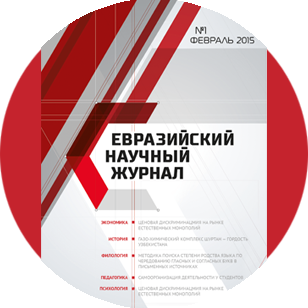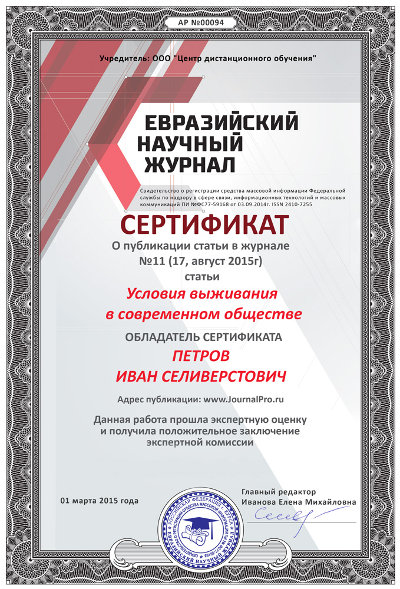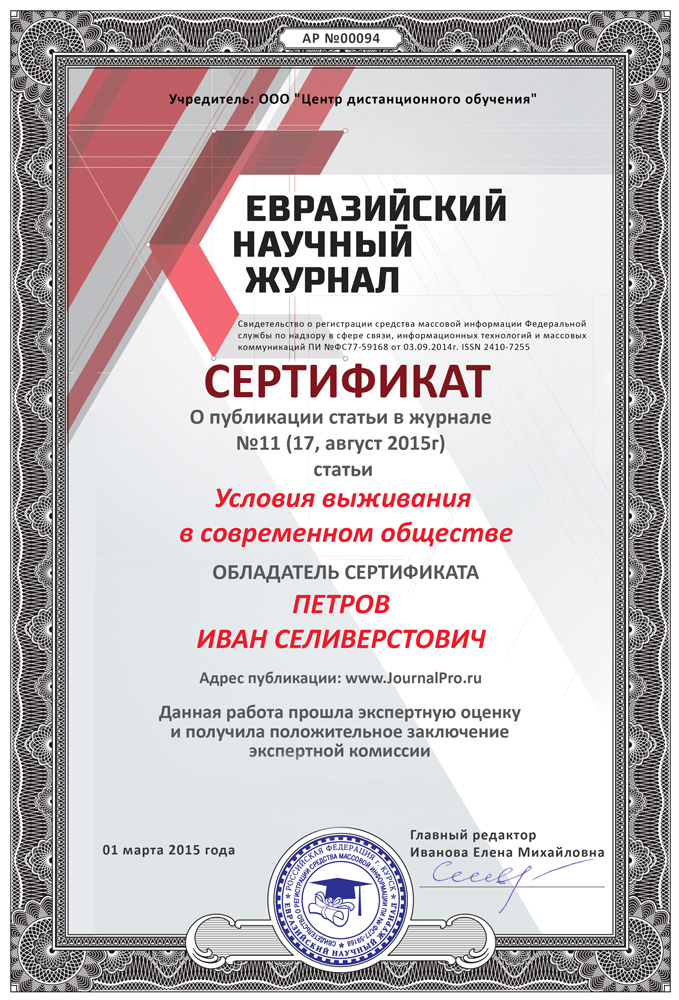Срочная публикация научной статьи
+7 995 770 98 40
+7 995 202 54 42
info@journalpro.ru
LINGUISTICS OF THE ENGLISH LANGUAGE AND ITS STRUCTURAL COMPONENTS
Рубрика: Филологические науки
Журнал: «Евразийский Научный Журнал №5 2021» (май, 2021)
Количество просмотров статьи: 1381
Показать PDF версию LINGUISTICS OF THE ENGLISH LANGUAGE AND ITS STRUCTURAL COMPONENTS
Kenjaeva Nigora Uktamovna
Senior teacher at the chair of “Languages”,
Academy of the Armed Forces of the Republic of Uzbekistan
Abstract: The article says that language stands out among other phenomena of reality. Some branches of linguistics are listed.
Key words: linguistics, English, student, teacher, higher educational institution.
In learning any language, it is important to pay attention to a number of its components. This also applies to linguistics. The term linguistics comes from the Latin word lingua, which means “language.” Hence, linguistics is the science of language. It provides information about how language stands out among other phenomena of reality, what are its elements and units, how and what changes occur in the language. Linguistics of the English language examines the structures and patterns of a given language, its functioning and development, and also compares with other languages to identify connections with it.
Linguistics is general and specific. General Linguistics — examines, explores and compares all the languages of the world as a whole. Private linguistics considers only one specific language. In our case, English. Linguistics is subdivided into scientific linguistics and practical linguistics. Most often, linguistics means scientific linguistics. Linguistics is part of semiotics as the science of signs. This means that linguistics is a generalization of all the sciences about language. Phonetics, grammar, vocabulary, stylistics and others are its branches. It is impossible to list everything that linguistics includes. Some sciences are so closely intertwined with each other that their differences are blurred, they can be subsidiaries of several other sciences at once.
Speaking about grammar, for example, we can clearly say that it has two subsections: morphology and syntax, which, in turn, have their own branches. They are all parts of linguistics. Language is not given to a linguist in direct observation, only facts of speech or linguistic phenomena are directly observed, that is, speech acts of native speakers of a living language together with their texts or linguistic material.
Linguistics includes observation; registration and description of the facts of speech; putting forward hypotheses to explain these facts; formulation of hypotheses in the form of theories and models that describe the language; their experimental verification and refutation; predicting speech behavior. Explanation of facts is either internal through linguistic facts, or external through physiological, psychological, logical or social facts.
Empirical linguistics obtains linguistic data in two ways. First, the method of experiment is to observe the behavior of speakers of living dialects. The second way: operating with philological methods, collecting materials from written languages and interacting with philology, which studies written monuments in their cultural and historical ties.
Theoretical linguistics examines linguistic laws and formulates them in the form of theories. It can be either descriptive (describing real speech) or normative (indicating how “one should” speak and write).
The language studied by a linguist is an object language, and the language in which a theory is formulated is a metalanguage. The metalanguage of linguistics has its own specifics: it includes linguistic terms, names of languages and linguistic groups, systems of special writing (transcription and transliteration).
Meta-texts are created in the metalanguage — these are grammars, dictionaries, linguistic atlases, maps of the geographical distribution of languages, language textbooks, phrasebooks, etc. We can talk not only about languages, but also about language in general, since the languages of the world have much in common [1, 37]. Private linguistics studies a single language, a group of related languages, or a pair of contacting languages. The study of the common features of all languages empirically and deductively, the general laws of the functioning of the language, the development of methods for studying the language is engaged in general linguistics. Its part is a typology that compares different languages regardless of the degree of their relationship and draws conclusions about the language in general. Monolingual linguistics is limited to the description of one language, but it can single out different linguistic subsystems within it and study the relationship between them. Diachronic linguistics compares different time slices in the history of language. External linguistics describes language in all the diversity of its social options and functions. Internal linguistics regards language as a homogeneous code, where the description can be oriented towards written and spoken language; can be limited only to the “correct” language or take into account various deviations from it; can describe only a system of laws operating in all varieties of a language or include rules for choosing between options depending on non-linguistic factors. This means that linguistics is the science of language.
THE LIST OF USED LITERATURE:
1. Михайлов М.М. Двуязычие: проблемы, поиски. Чебоксары, 1989. 160 с.
2. Кодзасов С.В., Кривнова О. Ф. Общая фонетика. — М., 2001.
3. Тер-Минасова С.Г. Сопоставительная лингвистика и проблемы преподавания иностранных. — М., 1994.









